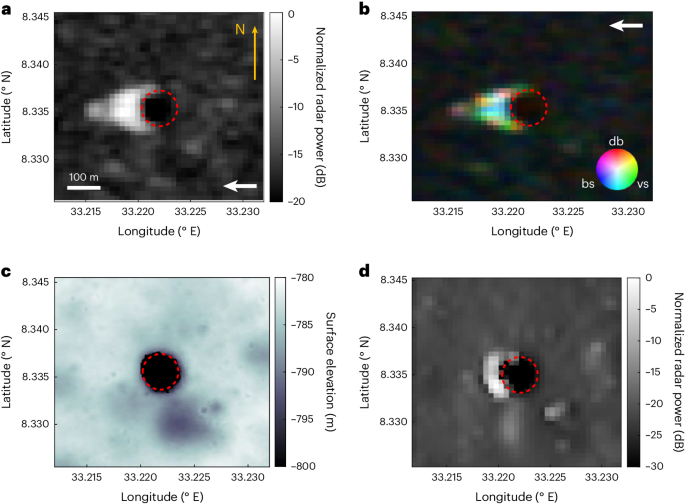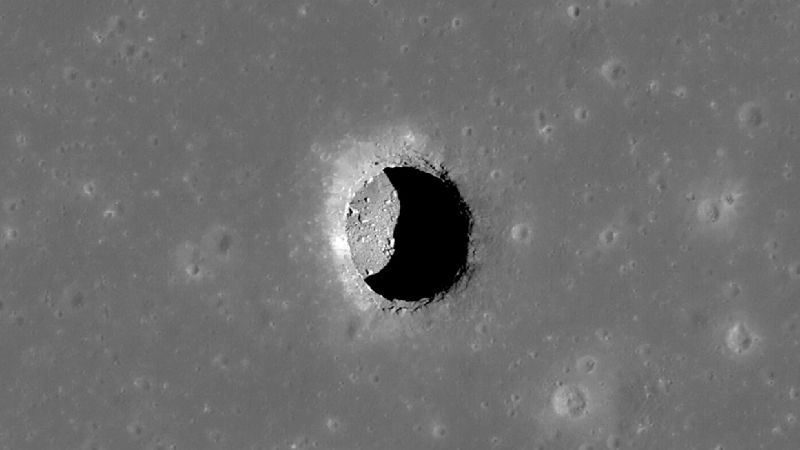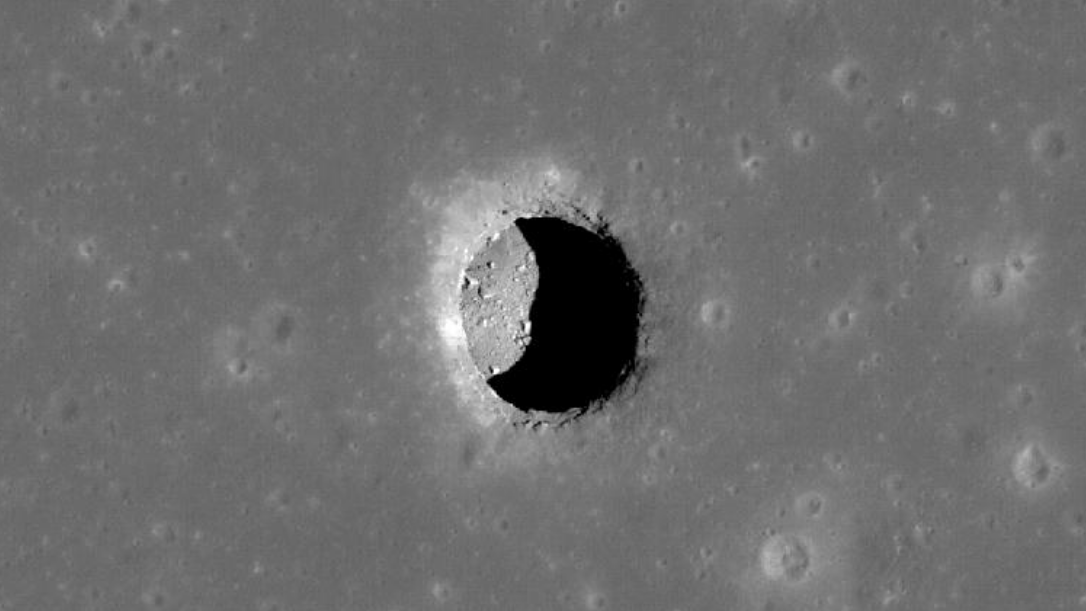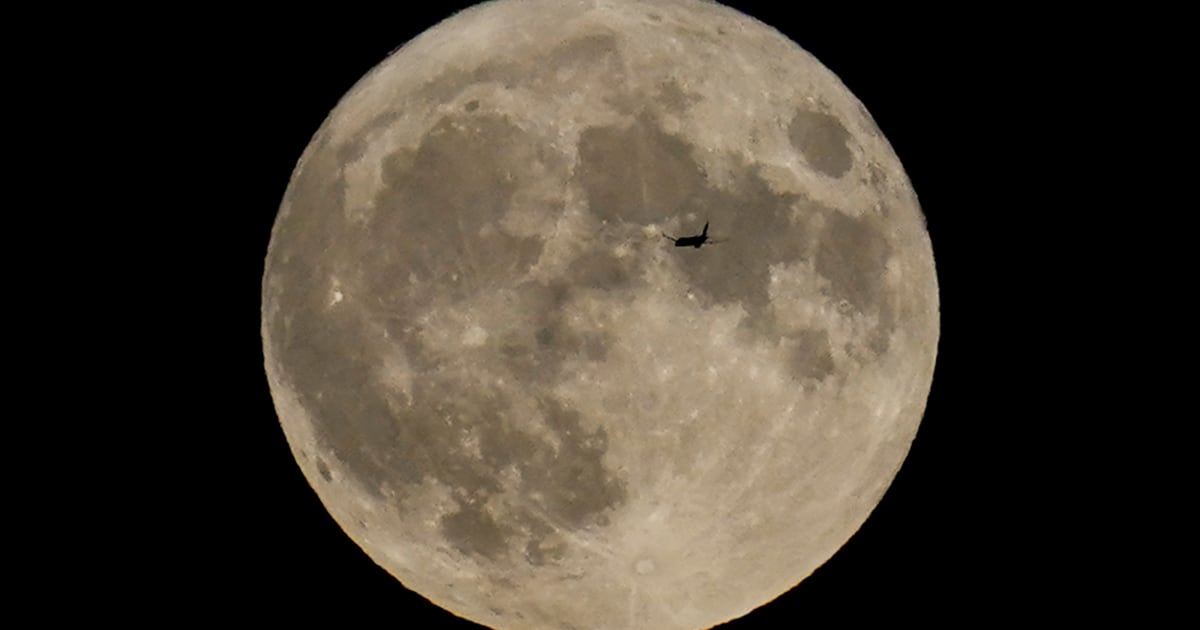
Title: Newly Discovered Lunar Cave System Could Provide Shelter for Future Astronauts
Lead: Scientists have recently discovered a cave system on the moon, located in the Mare Tranquillitatis region. This discovery could provide valuable shelter for future astronauts exploring and living on the lunar surface.
Fact 1: Discovery of Lunar Cave System The team of international researchers used data from NASA's Lunar Reconnaissance Orbiter (LRO) to identify a cave system beneath the moon's surface. The cave system, located in the Mare Tranquillitatis region, is estimated to be at least 45 meters wide and between 30 and 80 meters long.
Fact 2: Potential for Astronaut Shelter The newly discovered lunar cave system could potentially provide shelter for astronauts from the moon's extreme temperatures. The cave system is believed to be a part of a larger lava tube, which could extend further underground and offer additional protection.
Fact 3: Scientific Significance This discovery holds significant scientific value as it provides new insight into lunar volcanism and the moon's geological history. Future research on these caves could help scientists understand the timeline and duration of lunar volcanic activity, as well as the actual composition of the lunar mantle.
Background Information: The discovery of this cave system is a promising development for future space exploration. The moon's harsh environment, including powerful radiation and extreme temperatures, makes it essential to find suitable shelter for astronauts. This new finding could potentially be used as an alternative or integration to a base on the surface of the moon.
Conclusion: The recent discovery of a cave system on the moon is an exciting development for future space exploration. This discovery could provide valuable shelter for astronauts and offer new scientific insights into lunar volcanism and geological history. The team's findings were published in various reputable scientific journals, including Nature Astronomy.



